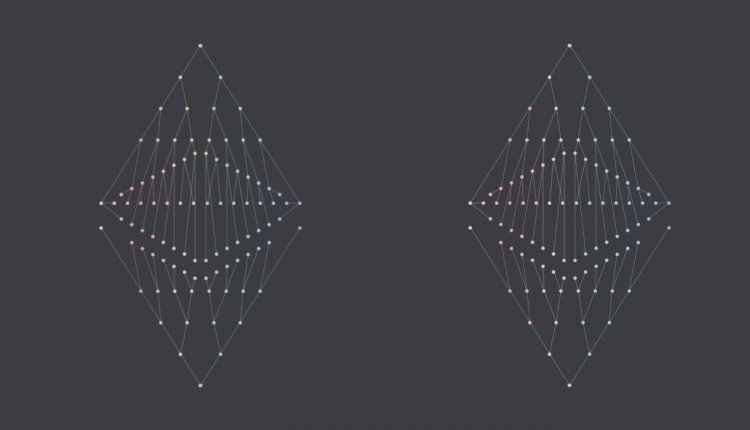
For the more sceptical takes on blockchain, the proverbial stick they repeatedly use comes down to energy expenditure. While this is one of many sticks they use, the announcement this week that Ethereum has merged its Ropsten testnet into Proof-of-Stake, is bound to serve as a strong rebuttal.
The merge is big news on its own, it will be followed by a series of smaller-scale updates, with the push to mainnet to be expected later on this year.
For some time now, Ethereum has gone from being the hub for dApps on blockchain, to falling behind other competitor blockchain solutions. One of the qualities its infamous for are its transactions, which led to buyers of Bored Ape Yacht Club paying exorbitant rates in order to buy already costly NFTs.
Comparing its transactions per second to close competitors – like Solana, for example – and the difference gets startling. On its own, Ethereum could only handle roughly 15 transactions per second; with more leading to increases to GAS fees. Meanwhile Solana processes roughly 65,000.
While these transaction issues are alleviated, somewhat, by layer-2 solutions, what makes this merge so interesting is what it means for the blockchain’s consensus mechanism, and its energy consumption.
The merge has shifted Ropsten network from Proof-of-Work, to the newer Proof-of-Stake; a change that would see energy consumption slashed by 99.95%, according to the team.





![[JBB.ONE신게임 특집 탐방 보도] 가득 불타는 턴제RPG <Crypto Sword & Magic> ---월간 활동 게이머가 70만 명을 넘은 게임이 블록체인에 왔다!](https://www.jbb.one/f/dynamic/img/3853014baf0b4cb2938f82aefdbc0cba.jpg!sss)


![[JBB.ONE 신게임 보도]< Cipher Cascade> 관련된 더 많은 내용을 가져 드리겠습니다!](https://www.jbb.one/f/dynamic/img/d65e572cec2446dcb2ace1a104abc991.jpg!sss)
